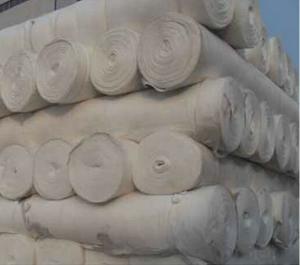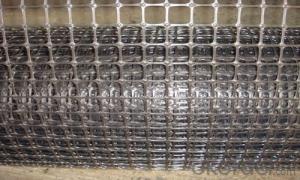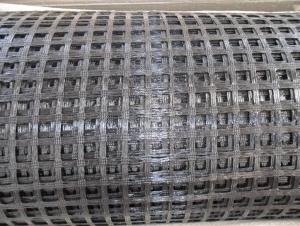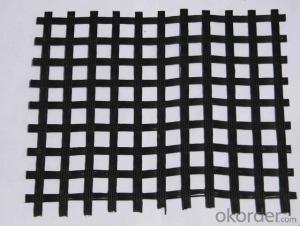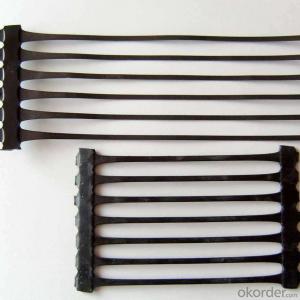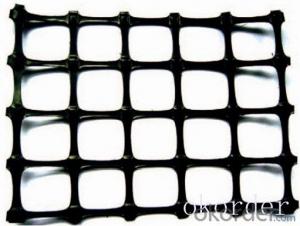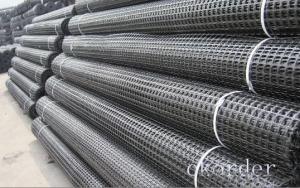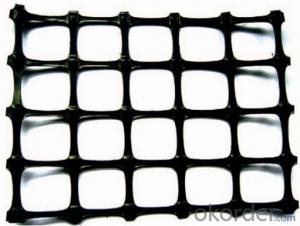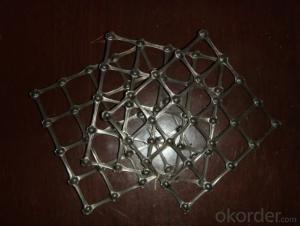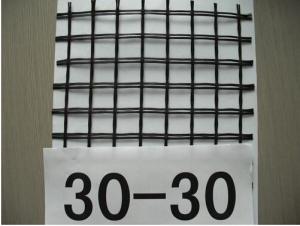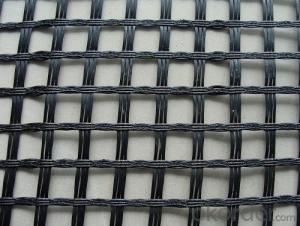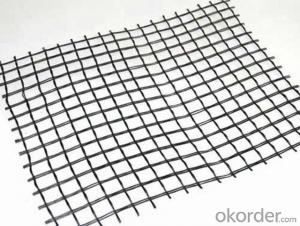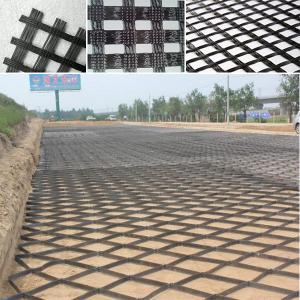All Categories
- - Steel Wire Rod
- - Steel Coils
- - Steel Profiles
- - Steel Pipes
- - Stainless Steel
- - Tinplate
- - Special Steel
- - Steel Sheets
- - Steel Rebars
- - Steel Strips
- - Hot Rolled Steel
- - Cold Rolled Steel
- - Pre-painted Steel
- - Seamless Steel Pipe
- - Welded Steel Pipe
- - Hollow Steel Tubes
- - Galvanized Pipe
- - Stainless Steel Coil
- - Stainless Steel Sheet
- - Stainless Steel Plate
- - Stainless Steel Strips
- - Electrolytic Tinplate Coil
- - Electrolytic Tinplate Sheet
- - Stainless Steel Rebars
- - Solar Panels
- - Solar Water Heater
- - Solar Related Products
- - Solar Inverter
- - Solar Cells
- - Solar Light
- - Solar Energy Systems
- - Solar Controllers
- - Solar Mounting System
- - Solar Pump
- - Solar Chargers
- - Fiberglass Chopped Strand
- - Fiberglass Mesh Cloth
- - Composite Pipes
- - FRP Pultrusion Profiles
- - Fiberglass Mat Tissue
- - Fiberglass Fabrics
- - Fiberglass Mesh
- - Composite Tank
- - Fiberglass Mesh tape
- - Polymer
- - FRP Roofing Panel
- - Fiberglass Roving
- - Monolithic Refractories
- - Ceramic Fiber Products
- - Refractory Bricks
- - Raw Materials For Refractory
- - Suspended Platform
- - Cranes
- - Concrete Machinery
- - Earthmoving Machinery
- - Building Hoist
- - Road Building Machinery
- - Plastic Pipe Fittings
- - Plastic Tubes
- - Plastic Sheets
- - Agricultural Plastic Products
- - Plastic Nets
 All Categories
All Categories
Q & A
What are the applications of geogrids in stormwater management systems?
Geogrids are commonly used in stormwater management systems to reinforce and stabilize soil, especially in areas with high water flow or erosion potential. They are typically installed beneath stormwater retention ponds, drainage channels, or embankments to prevent soil erosion and maintain the integrity of the system. Geogrids also enhance the load-bearing capacity of the soil, allowing for the construction of more durable and efficient stormwater structures. Additionally, they can be used to reinforce retaining walls or reinforce slopes, reducing the risk of slope failure and improving overall stormwater management performance.
How do geogrids affect the design of retaining wall structures?
Geogrids greatly enhance the design of retaining wall structures. By providing reinforcement, they increase the stability and strength of the wall, allowing for the construction of taller and more efficient walls. Geogrids distribute the loads evenly, reducing the pressure on the wall and preventing soil movement. Moreover, they minimize the risk of wall failure by preventing potential sliding or overturning. Overall, geogrids play a crucial role in improving the performance and longevity of retaining wall structures.
Can geogrids be used in water management applications?
Yes, geogrids can be used in water management applications. Geogrids are commonly used in water management projects to reinforce embankments, stabilize slopes, and control erosion. They provide effective drainage and filtration, which helps in managing surface water runoff and preventing soil erosion. Geogrids also enhance the stability and load-bearing capacity of soil, making them suitable for various water management applications such as retaining walls, reservoirs, and stormwater management systems.
Can geogrids be used in reinforcement of railway embankments?
Yes, geogrids can be used in the reinforcement of railway embankments. Geogrids are commonly utilized in civil engineering projects to enhance soil stability and prevent erosion. By installing geogrids within the embankment, the load-bearing capacity of the soil is increased, reducing the risk of settlement and slope failure. This reinforcement method helps to ensure the long-term stability and safety of railway embankments.
Wholesale Geogrids from supplier in Senegal
Our team of experts is dedicated to helping you select the right Geogrids for your specific requirements, ensuring optimal performance and cost-effectiveness. We understand the unique challenges and conditions of the Senegalese market and can provide tailored solutions to meet your project goals.
Whether you need Geogrids for soil stabilization, erosion control, or reinforcement applications, we have a wide range of high-quality products to choose from. Our Geogrids are manufactured using advanced technology and adhere to international quality standards, ensuring durability and long-term performance.
We also offer comprehensive sales and technical support services to assist you throughout the procurement process. Our knowledgeable team can provide detailed product information, technical specifications, and assistance with choosing the right Geogrids for your project. We are committed to delivering exceptional customer service and ensuring your satisfaction.
At CNBM, we prioritize innovation and sustainability. Our Geogrids are designed to minimize environmental impact while delivering superior performance. We continuously invest in research and development to improve our products and stay at the forefront of the industry.
Partnering with us for your Geogrids procurement needs in Senegal means gaining access to a reliable supplier with a proven track record. We have successfully completed numerous projects in Senegal and have built strong relationships with clients across various industries.
Contact us today to discuss your Geogrids requirements in Senegal. Our team is ready to provide you with the best solutions and support to ensure the success of your projects.
Whether you need Geogrids for soil stabilization, erosion control, or reinforcement applications, we have a wide range of high-quality products to choose from. Our Geogrids are manufactured using advanced technology and adhere to international quality standards, ensuring durability and long-term performance.
We also offer comprehensive sales and technical support services to assist you throughout the procurement process. Our knowledgeable team can provide detailed product information, technical specifications, and assistance with choosing the right Geogrids for your project. We are committed to delivering exceptional customer service and ensuring your satisfaction.
At CNBM, we prioritize innovation and sustainability. Our Geogrids are designed to minimize environmental impact while delivering superior performance. We continuously invest in research and development to improve our products and stay at the forefront of the industry.
Partnering with us for your Geogrids procurement needs in Senegal means gaining access to a reliable supplier with a proven track record. We have successfully completed numerous projects in Senegal and have built strong relationships with clients across various industries.
Contact us today to discuss your Geogrids requirements in Senegal. Our team is ready to provide you with the best solutions and support to ensure the success of your projects.
